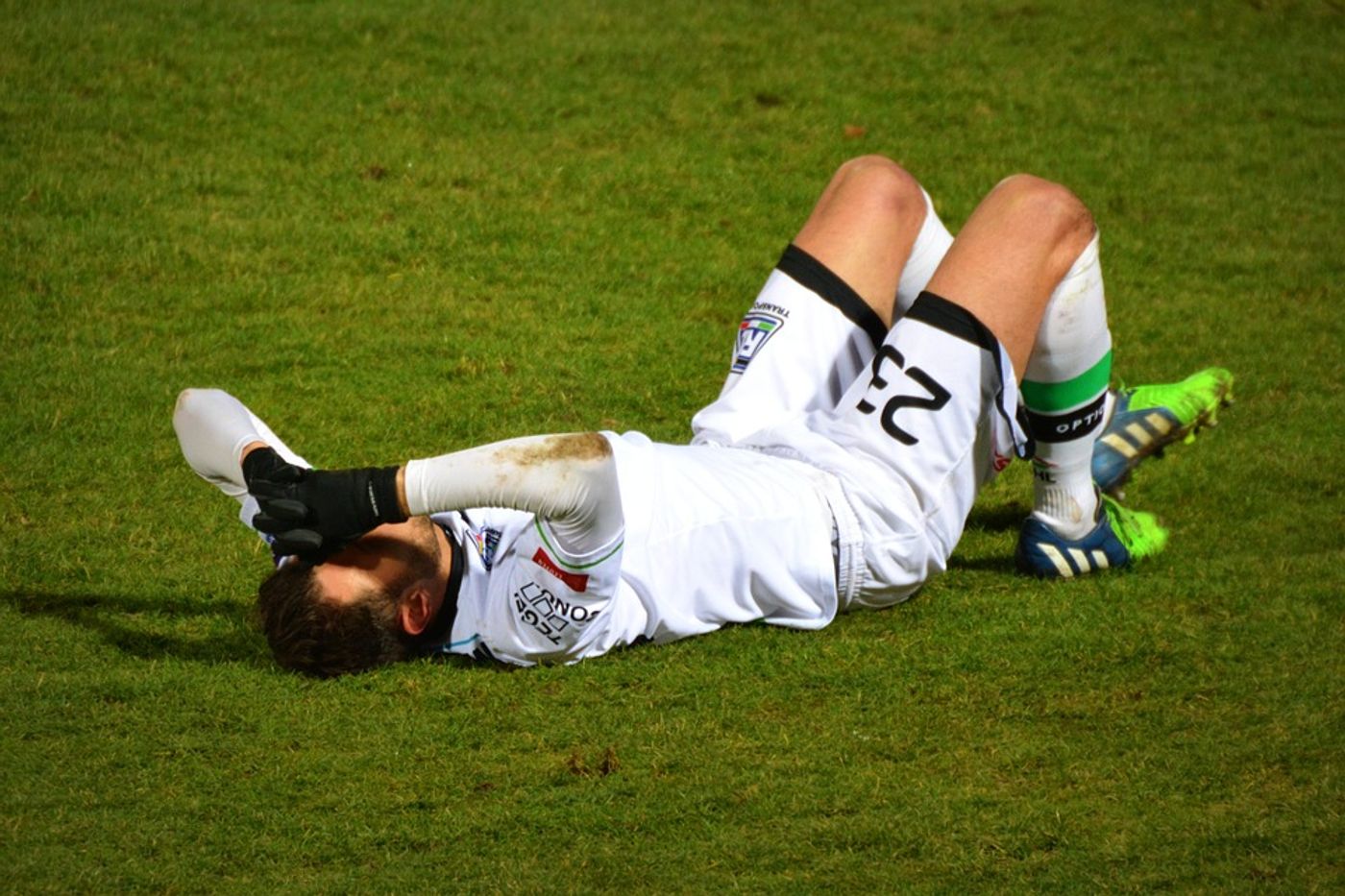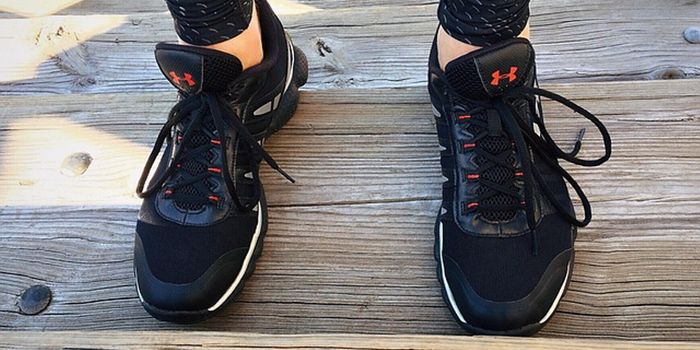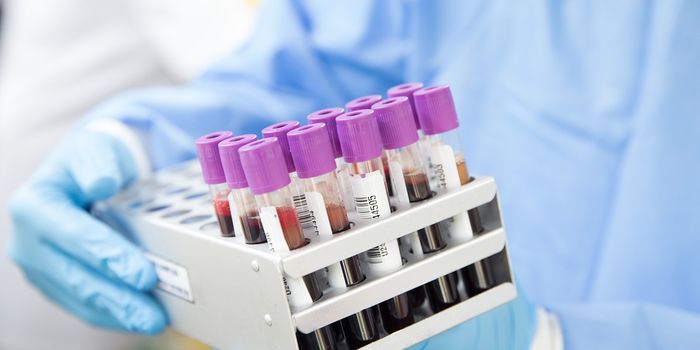Onsite Imaging Services for Olympic Athletes with Injuries
One scientist and his team from the Boston University School of Medicine emphasize how important imaging exams are for athletes, especially those participating in the Olympics. In their new study, researchers used statistics from the 2016 Games to show how using imaging to deliver a fast and relevant diagnosis helps make important and timely decisions about whether an athlete should return to the game or stay on the bench.
Lead author Ali Guermazi, MD, PhD, says that athletes competing in the Olympic Games are “at the peak of their careers and have trained and practiced for years to be able to participate in the games at a high level.” However, they are also at a high risk of injury. “The medical teams onsite will do anything to ensure a fast return to competition or initiate the next appropriate measures in light of more severe injuries,” Guermazi said.
Guermazi says imaging is “paramount” for an athlete to know whether or not continuing to compete is possible or safe. At the Rio de Janeiro Summer Olympic Games held in 2016, 1,015 imaging exams were performed on participating athletes, of which there were 11,274. For athletes who cannot safely continue competing, imaging results can also direct them to the most appropriate treatment options going forward.
Using information from the 2016 Games, Guermazi and his team set out to describe common types of injuries and how many of those injuries were diagnosed via imaging exams.
Out of 1,015 imaging exams performed, 30 percent were X-ray, 10.2 percent were ultrasound, and 59.8 percent were MRI. Guermazi says that the importance of imaging exams in the context of athletic injury is promoted by the large number (59.8 percent) of MRIs performed at the 2016 Olympic Games.
Gymnastics athletes utilized imaging the most (15.5 percent) followed by Taekwondo and beach volleyball. Imaging exams most often identified sports-related injuries in the lower limb at the 2016 games. Additionally, on the fifth and on the twelfth days of the games, imaging was used the most, a trend that likely corresponds with the timing of events.
"These numbers may help in planning imaging services for future events and will also help in analyzing further why some sports are at higher risk for injury and how these injuries can possibly be prevented,” Guermazi explained.
The present study was published in the journal Radiology.
Sources: Radiological Society of North America, Time









